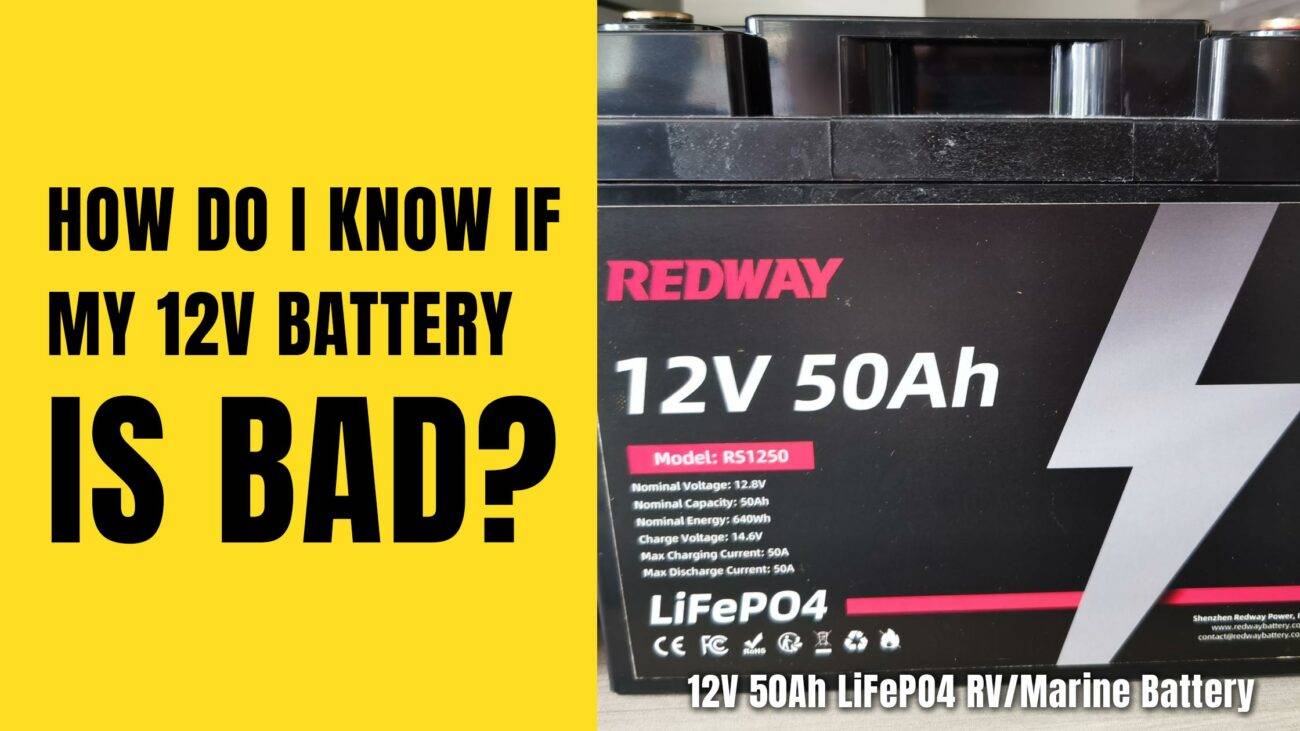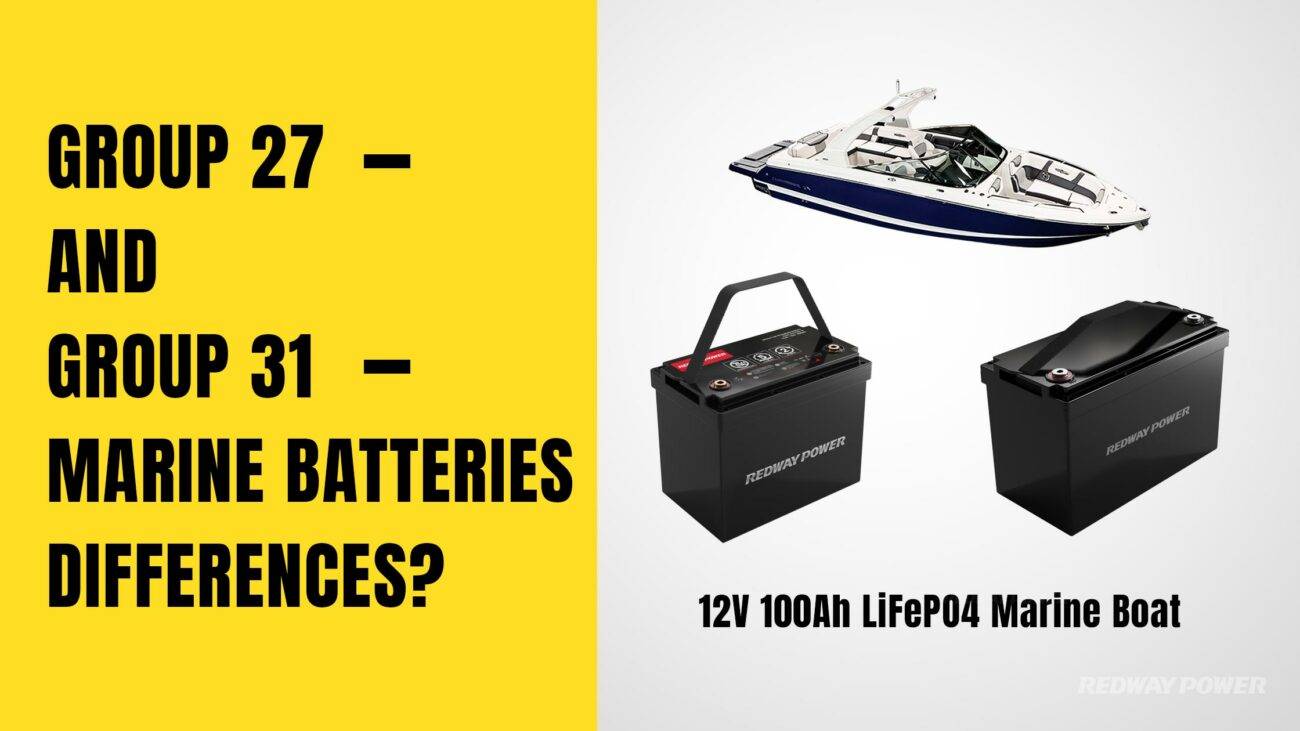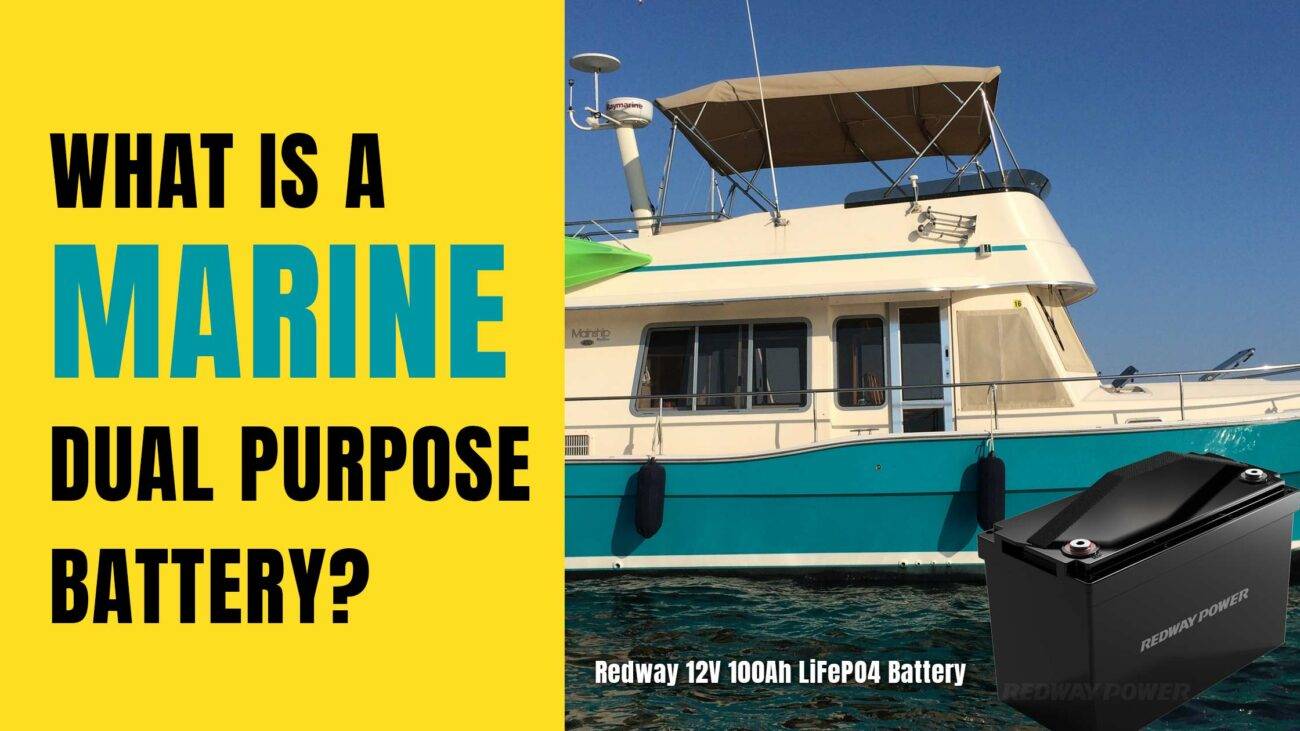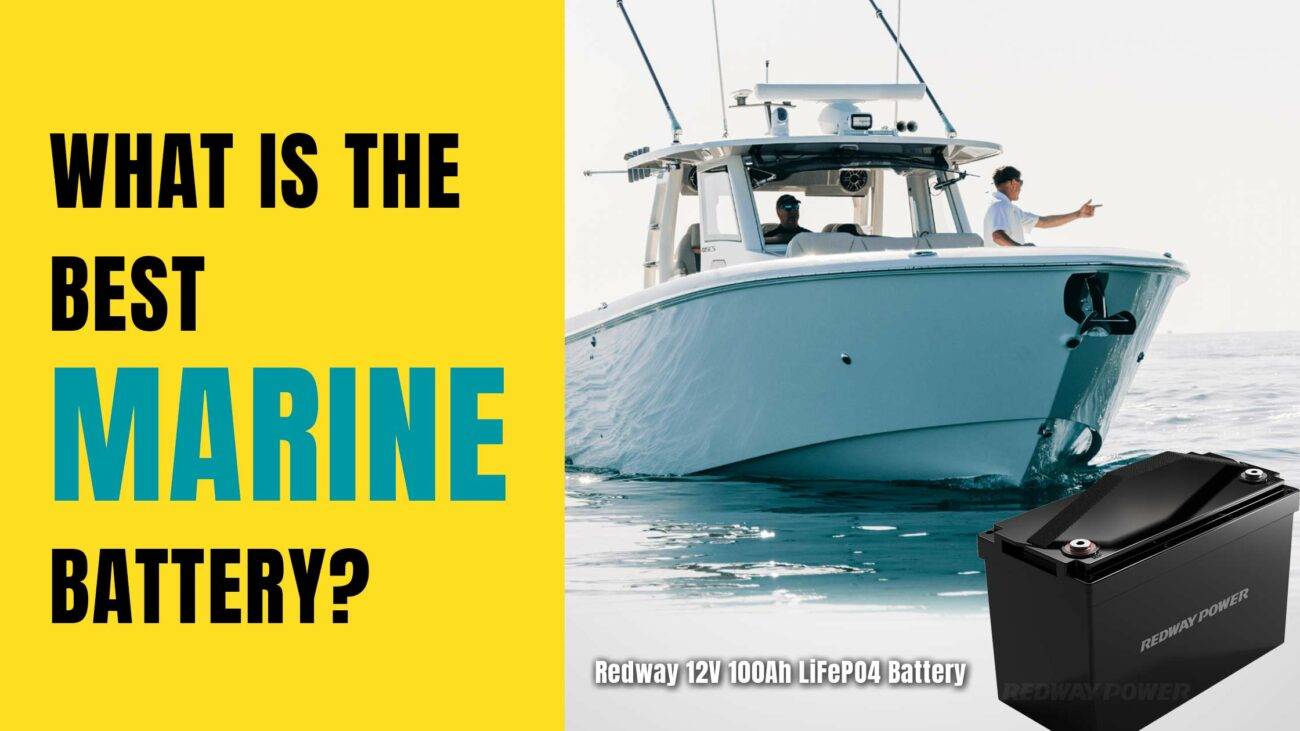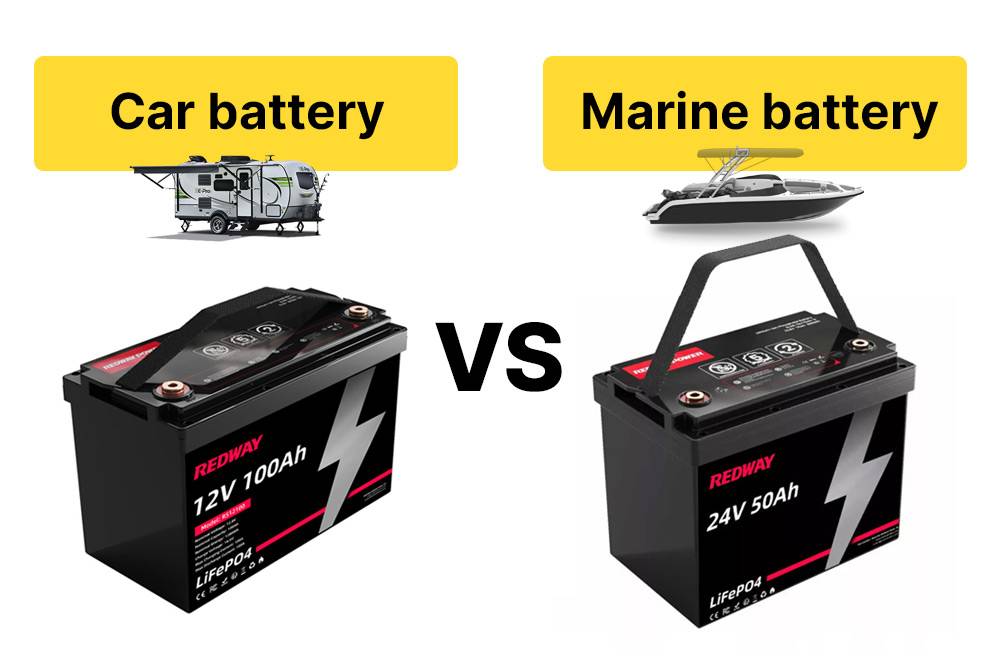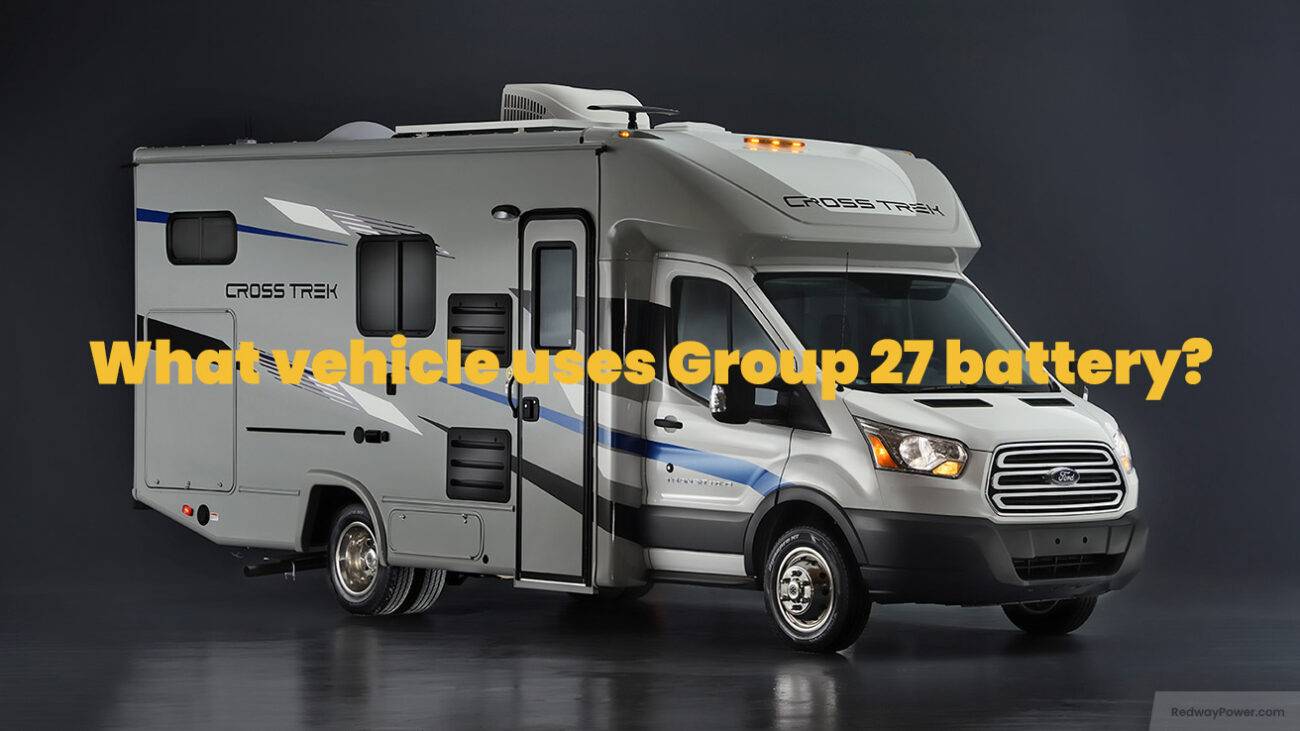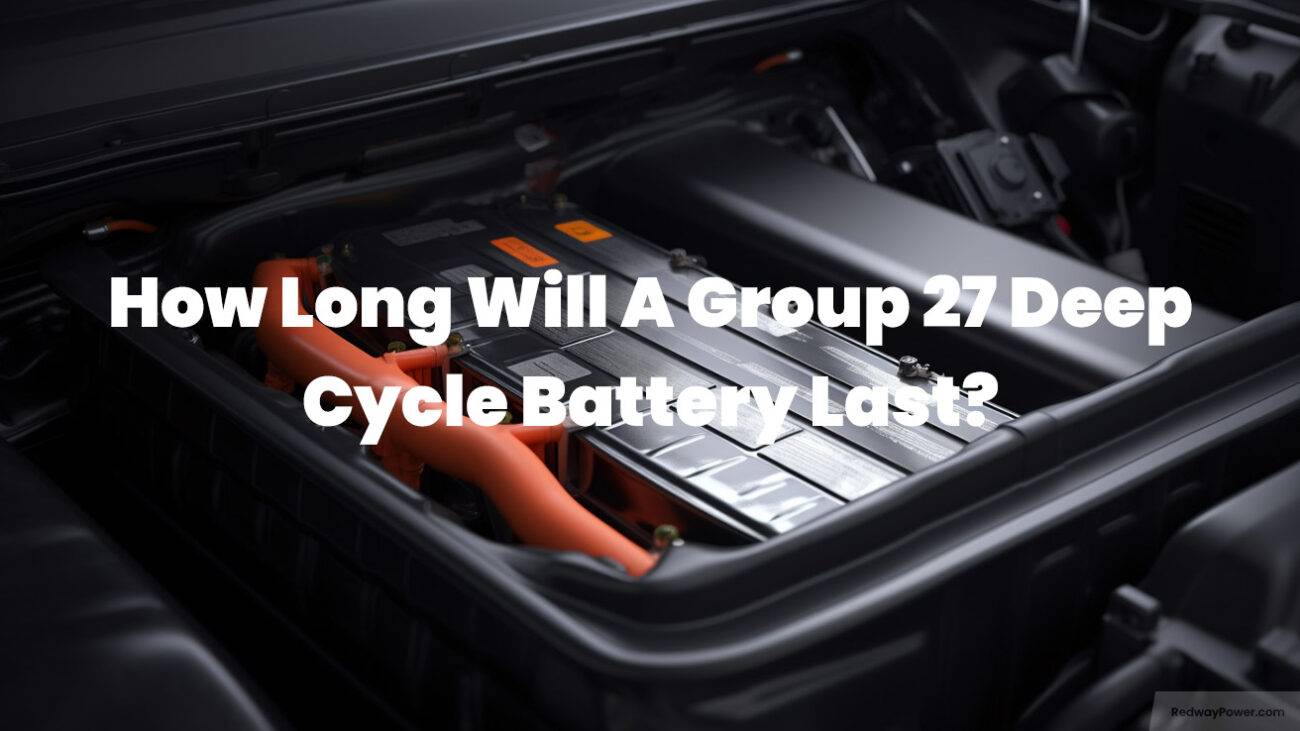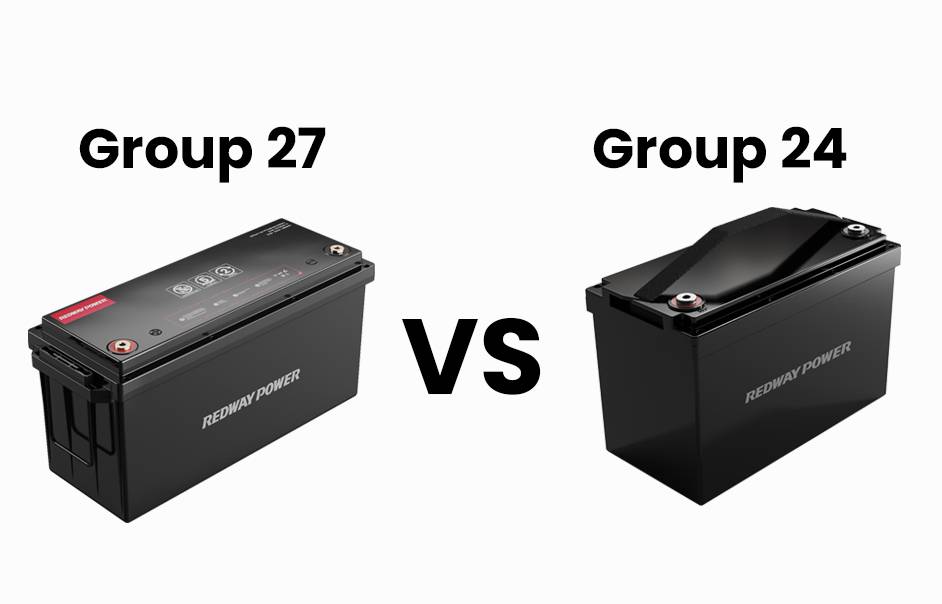- Forklift Lithium Battery
-
48V
- 48V 210Ah
- 48V 300Ah
- 48V 420Ah (949 x 349 x 569 mm)
- 48V 420Ah (950 x 421 x 450 mm)
- 48V 456Ah
- 48V 460Ah (830 x 630 x 590 mm)
- 48V 460Ah (950 x 421 x 450 mm)
- 48V 460Ah (800 x 630 x 600 mm)
- 48V 460Ah (820 x 660 x 470 mm)
- 48V 500Ah
- 48V 560Ah (810 x 630 x 600 mm)
- 48V 560Ah (950 x 592 x 450 mm)
- 48V 600Ah
- 48V 630Ah
-
48V
- Lithium Golf Cart Battery
- 12V Lithium Battery
12V 150Ah Lithium RV Battery
Bluetooth App | BCI Group 31
LiFePO4 Lithium
Discharge Temperature -20°C ~ 65°C
Fast Charger 14.6V 50A
Solar MPPT Charging - 24V Lithium Battery
- 36V Lithium Battery
- 48V Lithium Battery
-
48V LiFePO4 Battery
- 48V 50Ah
- 48V 50Ah (for Golf Carts)
- 48V 60Ah (8D)
- 48V 100Ah (8D)
- 48V 100Ah
- 48V 100Ah (Discharge 100A for Golf Carts)
- 48V 100Ah (Discharge 150A for Golf Carts)
- 48V 100Ah (Discharge 200A for Golf Carts)
- 48V 150Ah (for Golf Carts)
- 48V 160Ah (Discharge 100A for Golf Carts)
- 48V 160Ah (Discharge 160A for Golf Carts)
-
48V LiFePO4 Battery
- 60V Lithium Battery
-
60V LiFePO4 Battery
- 60V 20Ah
- 60V 30Ah
- 60V 50Ah
- 60V 50Ah (Small Size / Side Terminal)
- 60V 100Ah (for Electric Motocycle, Electric Scooter, LSV, AGV)
- 60V 100Ah (for Forklift, AGV, Electric Scooter, Sweeper)
- 60V 150Ah (E-Motocycle / E-Scooter / E-Tricycle / Tour LSV)
- 60V 200Ah (for Forklift, AGV, Electric Scooter, Sweeper)
-
60V LiFePO4 Battery
- 72V~96V Lithium Battery
- Rack-mounted Lithium Battery
- E-Bike Battery
- All-in-One Home-ESS
- Wall-mount Battery ESS
-
Home-ESS Lithium Battery PowerWall
- 24V 100Ah 2.4kWh PW24100-S PowerWall
- 48V 50Ah 2.4kWh PW4850-S PowerWall
- 48V 50Ah 2.56kWh PW5150-S PowerWall
- 48V 100Ah 5.12kWh PW51100-F PowerWall (IP65)
- 48V 100Ah 5.12kWh PW51100-S PowerWall
- 48V 100Ah 5.12kWh PW51100-H PowerWall
- 48V 200Ah 10kWh PW51200-H PowerWall
- 48V 300Ah 15kWh PW51300-H PowerWall
PowerWall 51.2V 100Ah LiFePO4 Lithium Battery
Highly popular in Asia and Eastern Europe.
CE Certification | Home-ESS -
Home-ESS Lithium Battery PowerWall
- Portable Power Stations
What Does the Group 27 Designation Mean on a Marine Battery?
The Group 27 designation on a marine battery refers to a standardized size classification defined by the Battery Council International (BCI). These batteries are typically used in marine, RV, and backup power applications, known for their robust capacity and ability to provide reliable power over extended periods.
What is a Group 27 battery and its specifications?
A Group 27 battery is a specific size classification that measures approximately 12.1 inches in length, 6.8 inches in width, and 8.9 inches in height. This standardized size allows it to fit into various battery compartments across different applications. The capacity of these batteries generally ranges from 85Ah to 105Ah, making them suitable for moderate power demands in marine environments.Chart: Specifications of Group 27 Batteries
| Specification | Measurement |
|---|---|
| Length | 12.1 inches (306 mm) |
| Width | 6.8 inches (173 mm) |
| Height | 8.9 inches (226 mm) |
| Capacity Range | 85Ah to 105Ah |
Why is the Group 27 designation important for marine applications?
The Group 27 designation is crucial because it provides standardization across the industry, ensuring compatibility with various marine equipment and vessels. This classification helps consumers easily identify appropriate batteries for their needs, reducing the risk of purchasing incompatible products. Additionally, it signifies that these batteries are designed to withstand harsh marine conditions, including vibrations and temperature fluctuations.
How does the capacity of a Group 27 battery compare to other groups?
When comparing Group 27 batteries to other groups, such as Group 31, it is essential to note that Group 31 batteries typically offer higher capacities (100Ah to 130Ah) and larger physical dimensions. This makes them more suitable for larger boats that require more power. In contrast, the smaller size and lower capacity of Group 27 batteries make them ideal for smaller boats or applications where weight and space are concerns.Chart: Comparison of Marine Battery Groups
| Characteristic | Group 27 | Group 31 |
|---|---|---|
| Size | Smaller | Larger |
| Amp-Hour Rating | Typically 70-90 Ah | Typically 100-130 Ah |
| Best Use | Smaller boats | Larger boats needing more power |
What types of batteries fall under the Group 27 classification?
The Group 27 classification includes various types of batteries:
- Sealed Lead-Acid Batteries (SLA): These include Absorbent Glass Mat (AGM) and Gel batteries, which are maintenance-free and can be installed in any position.
- Lithium-Ion Batteries: Known for their high energy density, lightweight design, and long lifespan, lithium-ion batteries require no maintenance and have high discharge rates.
Both types provide reliable performance but cater to different needs based on weight, maintenance preferences, and application requirements.
How do environmental factors affect the performance of a Group 27 battery?
Environmental factors significantly influence the performance of Group 27 batteries:
- Temperature: Extreme temperatures can affect battery efficiency; cold weather may reduce capacity while high temperatures can lead to overheating.
- Humidity: High humidity can cause corrosion on terminals and connections, affecting performance.
- Vibration: Marine environments often involve vibrations that can impact battery integrity; thus, choosing durable designs like AGM or gel types is beneficial.
Understanding these factors helps users maintain their batteries effectively and prolong their lifespan.
What are common applications for Group 27 batteries in marine settings?
Group 27 batteries are commonly used in various marine applications:
- Trolling Motors: Their capacity allows for prolonged use without frequent recharging.
- Marine Electronics: They power devices such as fish finders, GPS systems, and radios.
- Starting Engines: While primarily deep-cycle batteries, some configurations support engine starting needs.
These versatile applications highlight the importance of selecting the right type based on specific boating requirements.
Frequently Asked Questions about Group 27 marine batteries
- What is the lifespan of a typical Group 27 battery?
The lifespan can vary widely based on usage and maintenance but generally ranges from 3 to 5 years with proper care. - Can I use a Group 27 battery for starting my boat engine?
While primarily designed for deep-cycle use, some Group 27 configurations can support engine starting if specified by the manufacturer. - How do I maintain my Group 27 battery?
Regularly check connections for corrosion, ensure terminals are clean, and keep the battery charged according to manufacturer guidelines.
Industrial News
Recent advancements in marine battery technology focus on enhancing energy density and reducing weight while improving safety features. Manufacturers are increasingly investing in lithium-ion technology due to its advantages over traditional lead-acid options. These innovations aim to meet growing demands for efficient power solutions in recreational boating as well as commercial maritime operations.
Redway Power Expert Views
“Understanding your battery’s specifications is key to maximizing performance,” states an expert from Redway Power. “Choosing a suitable type based on your specific needs—whether it’s for deep cycling or starting engines—ensures reliability on the water.” This insight underscores the importance of informed decision-making when selecting marine batteries.
















